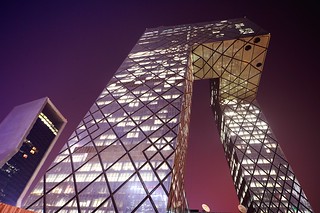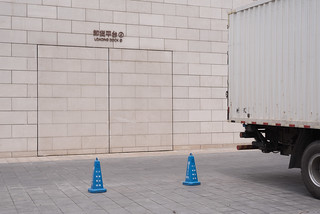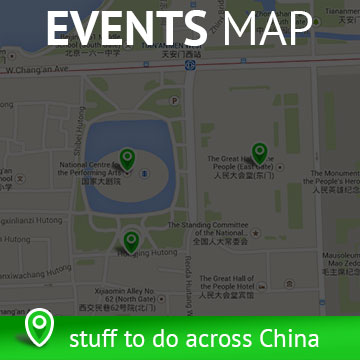Food & Drink in Beijing
Beijing cuisine has a strong representation of dumplings, meat and hand-pulled noodles. As the cultural and political hub of the country for more than 700 years, the capital features an eclectic mix of some of the best foods from across China. While heavily influenced by Shandong Cuisine, the Beijing menu is made up of hearty items, well-suited to harsh winters and hot summers. Bold in flavour with hints of richness, the preferred cooking methods of Beijing cuisine are braising, stir frying, deep frying and roasting.
Beijing Roast Duck (BÄ›ijÄ«ng kÇŽoyÄ), known more-commonly in English as Peking Duck, is a must-try dish for any visitor to Beijing. The dish is renowned for the delicate, crispy duck skin, a thin layer of flavourful fat and juicy meat. Assembled and eaten by each diner, Peking Duck is served with steamed think pancake-like wrappers that hold the meat, fresh cucumber and scallions, as well as a dollop of sweet and salty Hoisin sauce. It is truly the perfect bite, delighting in both taste and texture.
While in the city, along with the excellent cross-section of dishes from all around China, be sure to try zhá jià ng mià n, which literally translates to “fried sauce noodles”, and features a bowl of wheat noodles with a mixture of ground pork stir-fried with a salty fermented soybean paste and topped with fresh sliced cucumber. Also on the menu should be Northern-style hotpot, which is a much milder version of its south-western cousin, but likewise features dunking thinly sliced meat (usually mutton) into a hot soup. And finally, no visit to Beijing is complete without a plate of jÄ«ng jià ng ròu sÄ«, shredded pork tenderloin coated in soy bean paste, served with thinly sliced leek and wrapped in tofu skin or a thin pancake.
Feeling hungry and adventurous? Explore DÅnghuámén Night Market at the north end of WángfÇ”jÇng. Frequented by both locals and tourists alike, standard Beijing snacks and dishes are available, as well as interesting and unexpected food items. Alongside hand-pulled noodle dishes and pork dumplings, diners can find scorpions, snakes and other unexpected delicacies. Truly a feast for the senses, DÅnghuámén Night Market, and the whole WángfÇ”jÇng, is a treat for the palette, as well as a wonderful environment to soak in the local culture.















